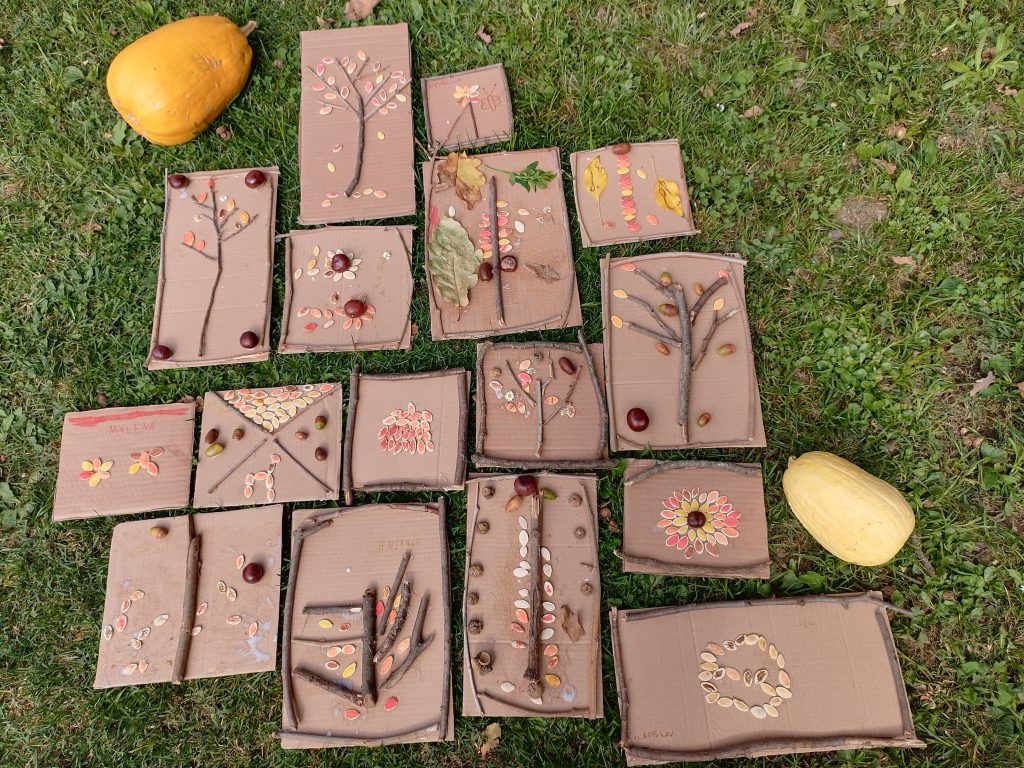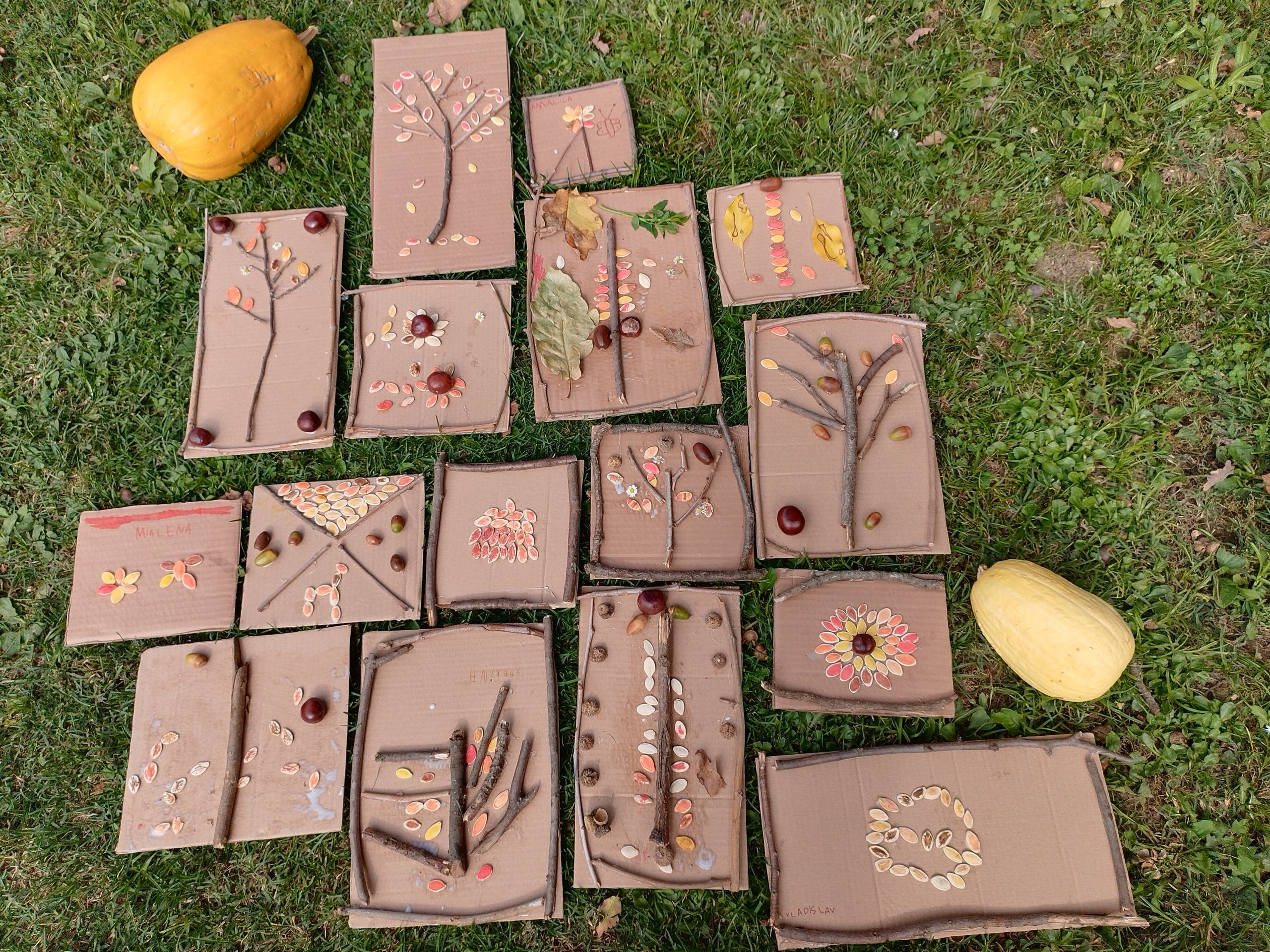Creative approach to activities in Early Preschool Education
The authors Herceg, Rončević, and Karlavaris have suggested that children’s artistic activities have a positive impact on their development in all areas such as attention, research, experimentation, concentration, relaxation, feelings of satisfaction, divergent thinking, and creativity. In our kindergarten, we aim to encourage children to explore and experience art as a source of pleasure, both through experiencing and expressing their creativity.
We have noticed a recent focus on the cognitive development of children, while the emotional and social aspects of upbringing are being neglected. Children are not given enough freedom, play, creativity, and the chance to express themselves without limitations. As adults, we have the power to either enable or deny them these opportunities.
Sometimes, parents may pressure their children to participate in art activities, even if the child shows no interest. Parents may also expect their child’s artwork to be displayed publicly and may compare their child’s work to that of others.
Therefore, we strongly emphasize to parents the importance of the process of creating art, rather than just the final product. Educators should provide a diverse and stimulating environment, giving children the freedom to explore their interests and opportunities. They should also respect children’s choices and ensure a high-quality space for them to work in.
Art should always be a creative and original process, as it is subjective and depicts relationships, not just objective reality. By prioritizing the process over the product, we can help children develop their emotional and social skills, as well as their cognitive abilities.


